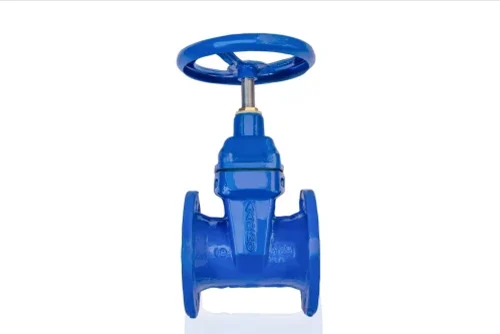When you picture a ship’s complex machinery, you might imagine engines, propellers, or massive pumps. But hidden throughout every pipeline, tank, and system, there’s an unsung hero keeping everything flowing smoothly and safely — the valve.
Valves might seem like simple mechanical parts, but on a ship, they are vital components that control, regulate, and protect. Without them, the vast network of fluids — from fuel to ballast water to lubricants — would be uncontrollable chaos.
What Types of Valves Do Ship Equipment Suppliers Provide?
Ship equipment suppliers stock an extensive range of valves designed for various critical applications:
- Gate Valves
Used primarily to start or stop flow. They provide a tight seal and are ideal for on/off control in fuel, water, and oil pipelines. - Globe Valves
Precision control valves that regulate flow rate and pressure, commonly used in cooling and lubrication systems. - Check Valves
One-way valves that prevent backflow, essential for pumps and engines to avoid damage or contamination. - Butterfly Valves
Lightweight and quick to operate, butterfly valves manage large flow volumes in ballast water systems or HVAC installations. - Ball Valves
Durable and reliable, ball valves provide rapid shut-off and are often found in fuel and hydraulic lines. - Pressure Relief Valves
Critical safety devices that release excess pressure to prevent pipe bursts or equipment failure. - Needle Valves and Control Valves
Used for fine adjustments in sensitive systems like instrumentation or fuel injection.
Why Are Valves So Crucial on Ships?
A ship’s environment is harsh — saltwater corrosion, constant vibration, pressure fluctuations, and temperature extremes challenge every component. Valves must be:
- Reliable under pressure
- Resistant to corrosion and wear
- Easy to operate and maintain
- Compliant with marine safety standards
These valves ensure the ship’s fuel is safely transferred, ballast water is properly managed for stability, fire-fighting systems are ready at a moment’s notice, and engines receive steady supplies of cooling water and lubricants.
The Supplier’s Role: Quality, Certification, and Support
Ship equipment suppliers don’t just sell valves — they provide certified marine-grade products tested to withstand maritime conditions. They also offer technical support, installation guidance, and maintenance solutions, helping shipowners avoid costly downtime or accidents.
Innovations in Marine Valves
Modern valves incorporate advanced materials like duplex stainless steel and composites for enhanced durability. Smart valves with integrated sensors enable remote monitoring and automation, allowing crews to respond faster and reduce manual inspections.
Conclusion
Valves might be small, but their impact on ship safety and efficiency is enormous. They are the gatekeepers of flow, the protectors against failure, and the enablers of complex marine operations. Next time you board a vessel or see one at sea, remember — behind every smoothly operating system, there’s a fleet of valves working silently to keep the ship afloat and secure.
